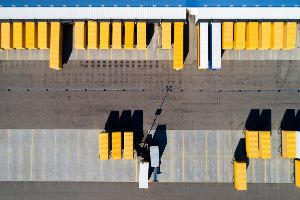Reasons why digital twins are the future of security
Digital twin technology has many potential applications which, until very recently, was just preserve for institutions like NASA. Prosegur is already using it and the results obtained are astonishing.
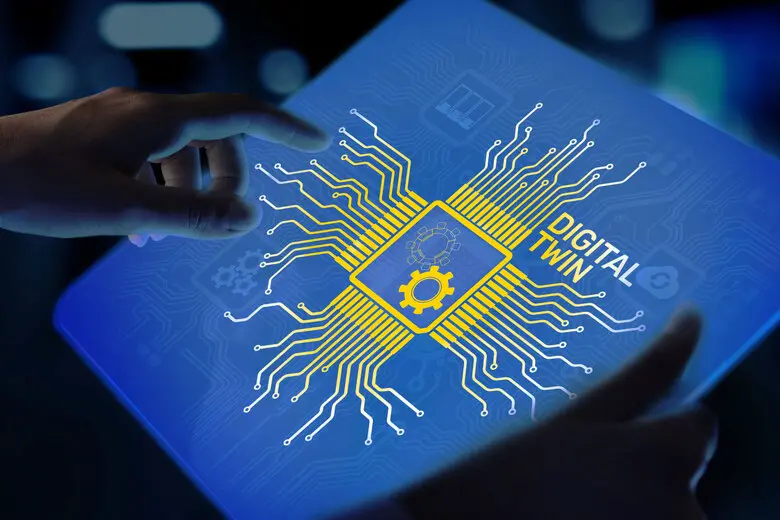%20portada.webp)
Table of contents:
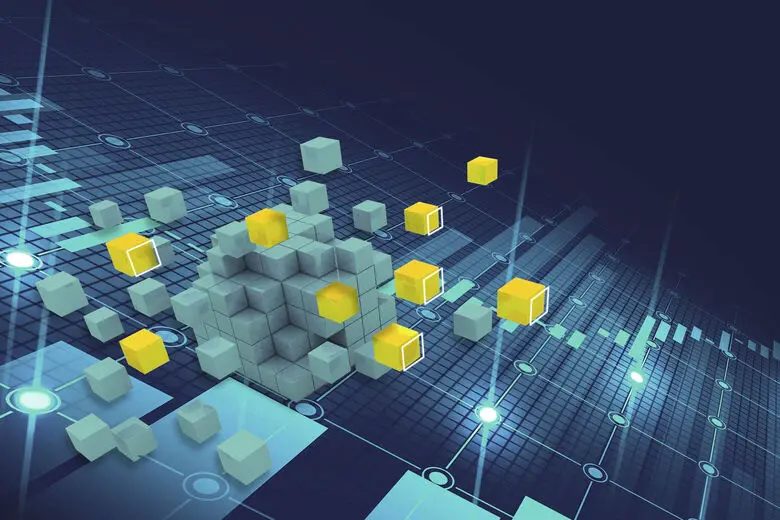%20interior.webp)
Nera González Romero, Product Development and Innovation manager, explains that "digital twins are not necessarily hyper-realistic 3D replicas, but can also be abstract representations". The level of graphical detail is not essential, "they may be schematic or extraordinarily sophisticated", but what is important is that they "provide digital replicas in real environments where all the available information is in context: it enables you to know the exact location of a door where a sensor has been installed, the objects around it, its distance from a specific alarm or the location of the thermometer reporting a sudden increase in temperature. In addition, it is important to highlight that all this information is interconnected; it can be cross-referenced for the purpose of examining a set of signals instead of individual sensors only. Lastly, and through the use of artificial intelligence acting on this aggregate information, improvements are made to enhance performance and optimise processes”.
In the past, the creation of a 3D representations was very costly, but today it is fast becoming a very feasible possibility at a competitive price, as well as being very scalable. In reality, a 3D model can today be built in a short period of time using reality capture. All you need is photos taken with a latest generation smartphone with the right software. You will then be able to create a digital twin by entering the data from the sensors located in the replicated space or object (thermometers, manometers, cameras...).
There are multiple possibilities, not exclusively limited to increasing contextual information for iSOC (Security Operations Centres) operators in the event of an incident or an alarm.
There are multiple possibilities, not exclusively limited to increasing contextual information for iSOC (Security Operations Centres) operators in the event of an incident or an alarm. One of the great uses of digital twins is that, by being connected with real data associated with a mathematical model, very accurate simulations can be performed on how systems will behave in certain circumstances. In other words, they can also be used to subject physical objects or installations to stress tests to see how they react, from virtual fire drills to evacuation protocol drills.
For Nera, the use of digital twins is a key element in the profound Digital Innovation and Transformation process to which Prosegur is committed: "It is part of our pursuit of a private security model that combines on site presence of our guarding workforce with an increasingly disruptive and advanced technological support", a model that the company refers to as hybrid technology.
As is the case with any emerging technological development, digital twins are currently a service that is still undergoing a process of expansion, more exclusive, but already being used with some of our main customers. But its high degree of scalability means that costs will be dropping fairly soon, allowing us to create customised models for our customers. The day will come that, as David Gelernter predicted, the entire universe will fit into a virtual shoebox.
- They can help security operators to optimise the planning of their surveillance patrols.
- They enable SOC (Security Operations Centre) operators to be connected with physical security and digital assets for better monitoring and management of alarm systems.
- The digital twin technology helps build stronger security systems that are better equipped to deal with emergency situations.
- They help optimise Control Centre operations by collecting real data and simulating different operational strategies.
Nera acts as our guide in an amazing journey, a highly detailed immersive experience taking place on the fourth floor, without leaving our seats. "This is a very advanced prototype", she explains "created to show potential customers and explore with them the possibilities offered by digital twin technology".
Marta Salas, who is part of the Product Development and Innovation team and has worked on this prototype, asks that we move beyond the formidable spectacle of this experience, to imaging "the many advantages offered by a model like this, connected in real time to a centralised video-surveillance systems like the ones used by Prosegur in its iSOC".
Under normal conditions, when an incident occurs, the guard in the remote guarding post activates the camera closest to the location of the event and obtains a real image; but this image is not contextualised, and must be situated on the basis of prior knowledge of the physical space of plans of the premises". Digital twin technology provides this information in any intrinsic way, with highly intuitive visualisation.
All the guard needs to do is navigate around the digital environment to "understand the range of actions that can be carried out remotely: blocking or unblocking a door, switching a device on or off, activating a given alarm...".
Success cases...
A magnificent partner for remote surveillance systems
Over the last year, within the framework of its digital acceleration programme and in close collaboration with TYPSA, Prosegur has been working on its own digital twin application within the area of private security. The effort is already beginning to bear fruit and we are now using this technology as a presales argument, to preview or simulate improvements in current security systems and developing plans to integrate it into future services for our customers.
How do digital twins render security operations more efficiently?
Spectacular and practical alike
For the last few months, the fourth floor of the Prosegur offices in Madrid have had a "twin" brother. This is a very accurate and highly realistic 3D virtual representation enabling remote interaction with several of the elements of the physical space it reflects, reading and restoring pressure gauges, blocking doors and monitoring cameras. We are speaking of a digital twin, a replication that uses the same technology that NASA engineers have been using for the last ten years to control aspects of spacecraft and satellites located thousands of kilometres away.
The concept is the brainchild of David Gelernter, an IT engineer and author from the US and one of the pioneers of parallel computing. In his book Mirror Worlds, or the Day Software Puts the Universe in a Shoebox, published in 1992, Gelernter formulated a well-founded possibility of making computerised replicas of any space or object for the purpose of interacting with them.
Nera González Romero, Product Development and Innovation manager, explains that "digital twins are not necessarily hyper-realistic 3D replicas, but can also be abstract representations".
Ten years later, Michael Grieves, researcher of the Florida Institute of Technology, was the first to put the concept to use for industrial purposes. Grieves developed the digital twin technological base, which essentially consists of compiling data from the real world to create simulations capable of predicting how a process or product will behave. In 2010, NASA began to create simulations of its objects, craft and capsules, including stress tests, predictive models and how to maintain and repair these items from a distance.
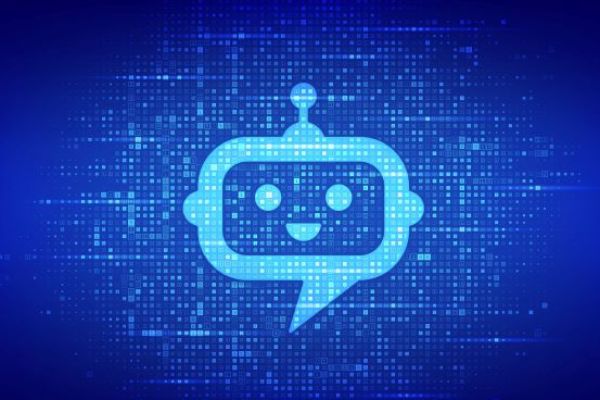
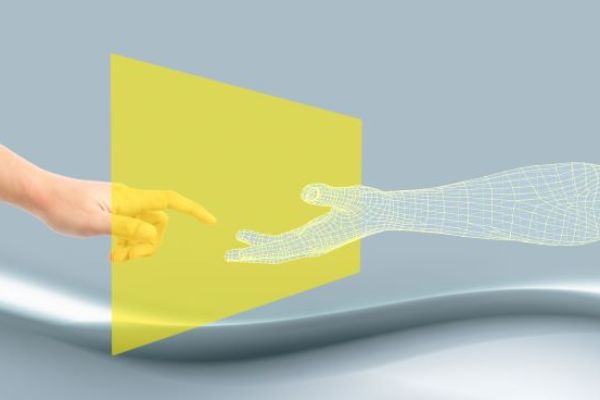
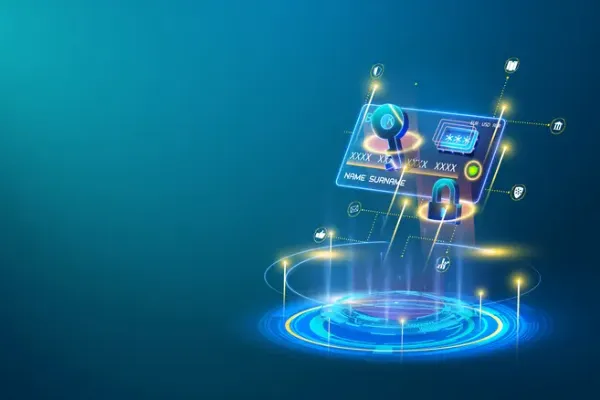
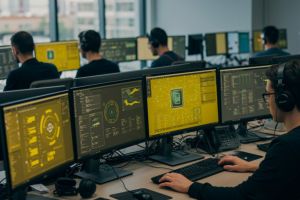.jpg)
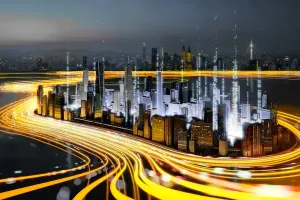.webp)
